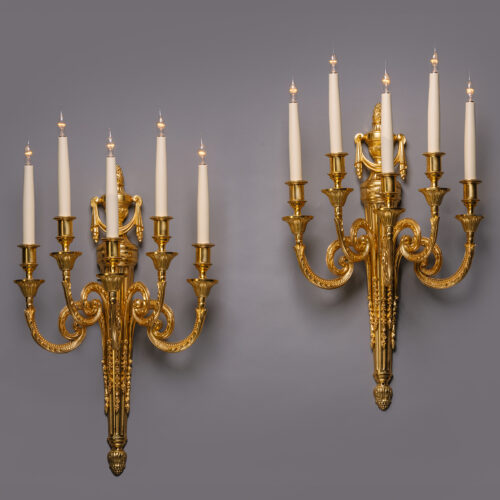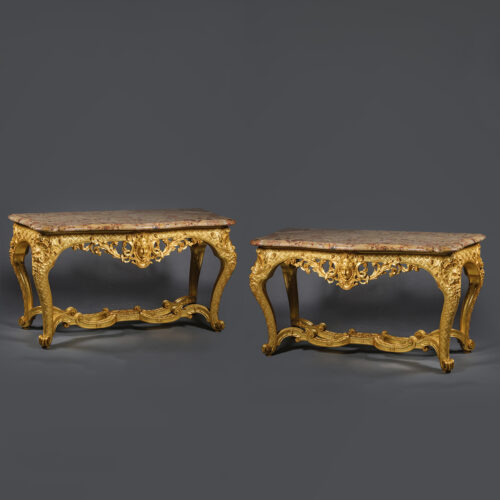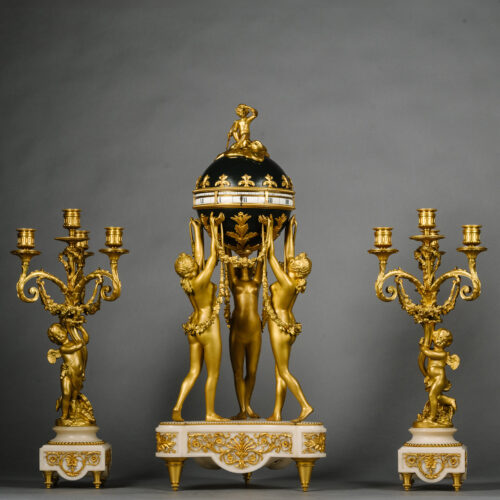Gervais Maximillien Eugène Durand
A Louis XIV Style ‘Boulle’ Marquetry and Ebonised Console Table
£76,000
A Louis XIV Style Gilt-Bronze Mounted Cut-Brass and Cut-Pewter Inlaid 'Boulle' Marquetry and Ebonised Console Table, By Gervais-Maximilien-Eugène Durand. The...
尺寸
高度:103厘米(41英寸)Width: 147 cm (58 in)
Depth: 51 cm (21 in)
描述
A Louis XIV Style Gilt-Bronze Mounted Cut-Brass and Cut-Pewter Inlaid ‘Boulle’ Marquetry and Ebonised Console Table, By Gervais-Maximilien-Eugène Durand.
The original Grand Antique black and white marble top with an outstepped front above a frieze inlaid with arabesques and centred by a bearded mask. Supported on four tapering pilasters with ram’s-mask corbels. The back board divided with three mirror plates above a platform base with central patera. Raised on toupie feet.
Stamped twice ‘G. Durand’.
法国,约1870年。
This rare console table numbers amongst a handful of Boulle revival pieces made by Gervais Durand in the 1870s. An identical console table, very possibly the pair to the present example, is in the collection of the Musée des Arts Décoratifs, Paris, where it is part of a display curated as a Second Empire drawing room.
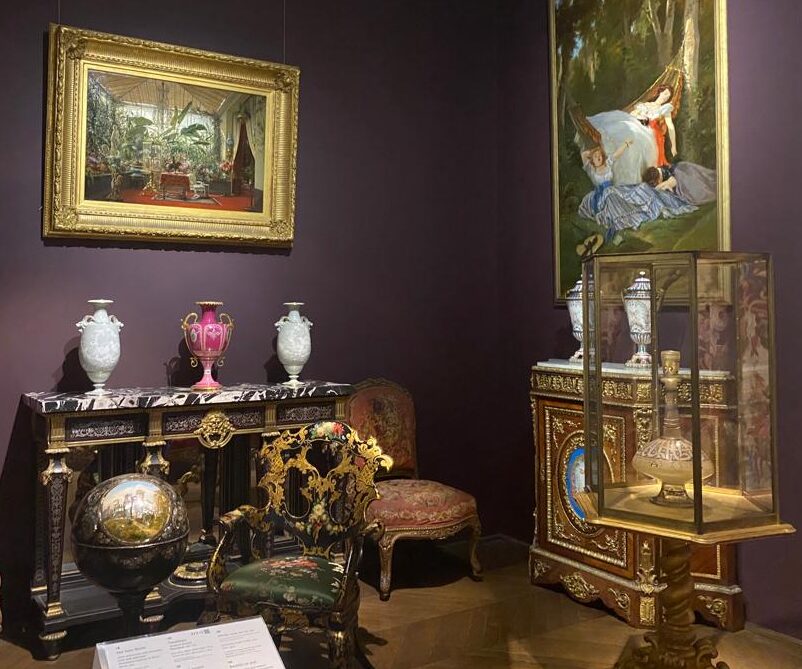
Related table at the Musee des Arts Decoratifs, Paris
Also compare a Boulle bibliothèque basse sold at auction in London in March 2001. Interesting, all three pieces have the same black and white Grand Antique marble slabs, suggesting that they could all have been part of the same commission.
The design of this console table is derived from table stands for cabinets and coffers by Boulle, most famously a pair of ‘cabinets sur piètement’ in the Louvre museum, Paris (inventory number OA 5469).
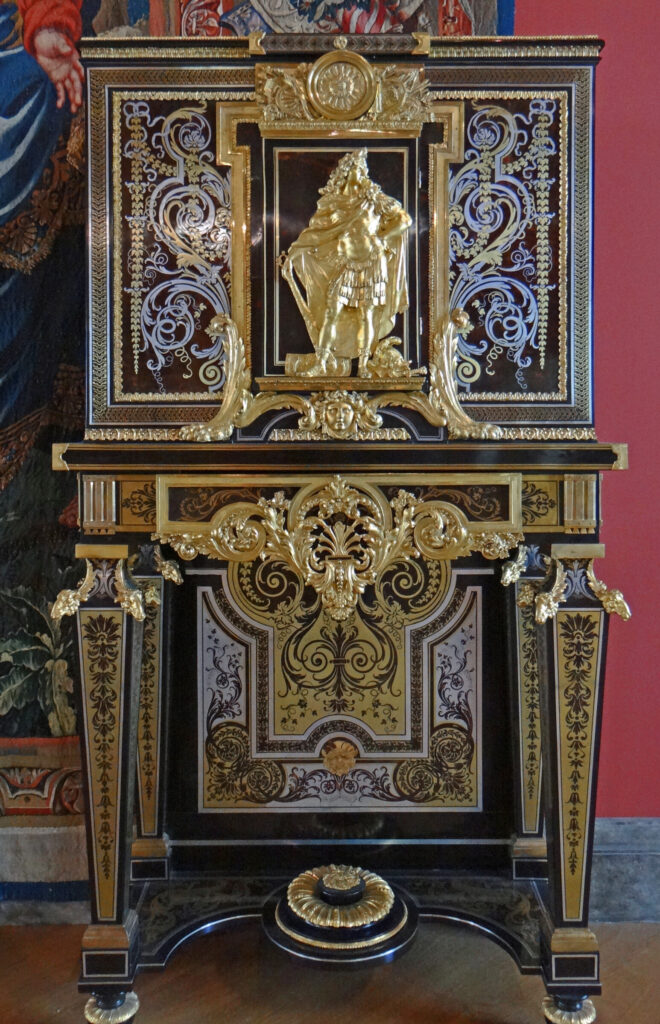
Cabinet sur piètement d’André-Charles Boulle (1690-1710) – Musée du Louvre OA 5469 (Mossot – Wikipedia)
Arguably the greatest cabinetmaker of all time, and certainly the most influential, André-Charles Boulle (1642-1732) is credited with inventing the technique of veneering furniture with marquetry of brass and pewter inlaid into turtle shell, which has become synonymous with his name. Boulle was already a master cabinetmaker by 1666, and was appointed ‘Ebéniste, Ciseleur, Doreur et Sculpteur’ to Louis XIV in 1672. Amongst those employed in Boulle’s atelier was Jean Mariette, whose ‘Nouveaux Deisseins de Meubles et Ouvrages de Bronze et de Marqueterie Inventés et gravés par André-Charles Boulle’, published in 1707, depicts various prime examples of Boulle’s work at that time and helped assure his legacy as a reference work which informed later cabinetmakers. Boulle furniture was made by his sons A-C. Boulle the younger (1685-1745) and Charles-Joseph Boulle (d. 1754) and their pupil Etienne Levasseur (1721-1798) who specialized in copying and repairing Boulle furniture and his stamp appears on many Louis XIV pieces. In the nineteenth century the Boulle technique was employed by English makers such as Robert Blake, ‘cabinet inlayer and buhl manufacturer’, and in France by many celebrated ébénistes, notably Henry Dasson (1825-1896).
日期
约1870年
原产地
法国
中型
Boulle Marquetry Inlay
签名
Stamped twice 'G. Durand'.
The Durands were a well known Parisian family of fine furniture makers. The Maison Durand was founded by Maximilien-Eugène Durand (b.1839) who worked at 12 rue de la Carisaie and later at 62 rue Saint-Antoine, and was to execute many state and royal commissions.
Durand was one of the finest craftsmen at the end of the Nineteenth Century in Paris.
The company participated in the 1851 Great Exhibition and the 1899 Exposition Universelle where they were awarded a silver medal.
The Catalogue of the 1851 Great Exhibition makes particular reference to a sideboard displayed by Durand, which it states, ‘in design and execution, may compete with the best that the Exhibition has called forth’, and to an even greater extent a tea and coffee service produced by Durand. It states that, ‘It will be thought by all those who are fortunate enough to get a sight of the most exquisite tea and coffee service, manufactured by M. Durand of Paris, that any work of similar character bought into competition with it will be put to a severe test, so pure is the taste that has designed, and so skilful are the hands that have been engaged in working it out.’
Maximilien-Eugène was joined by his son Frederic Louis Durand around 1890 and thereafter the firm was known as Durand et Fils.
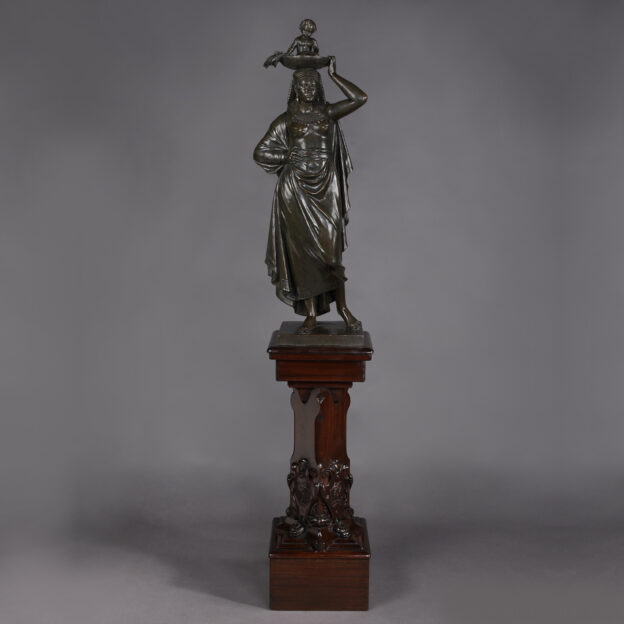




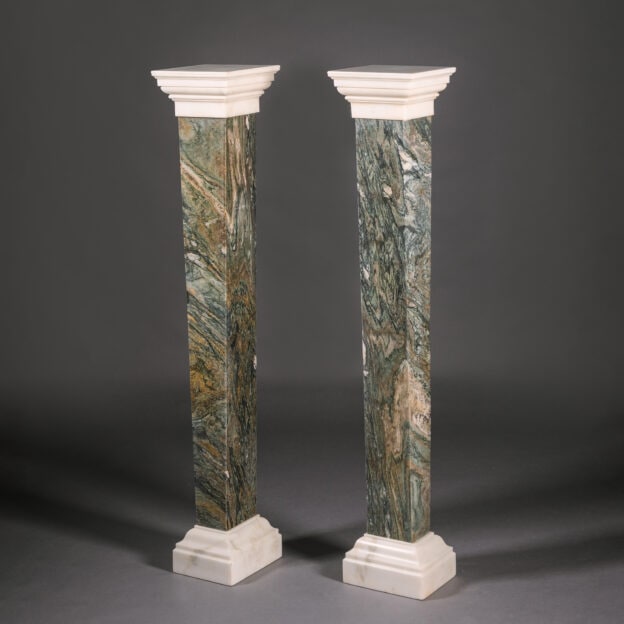
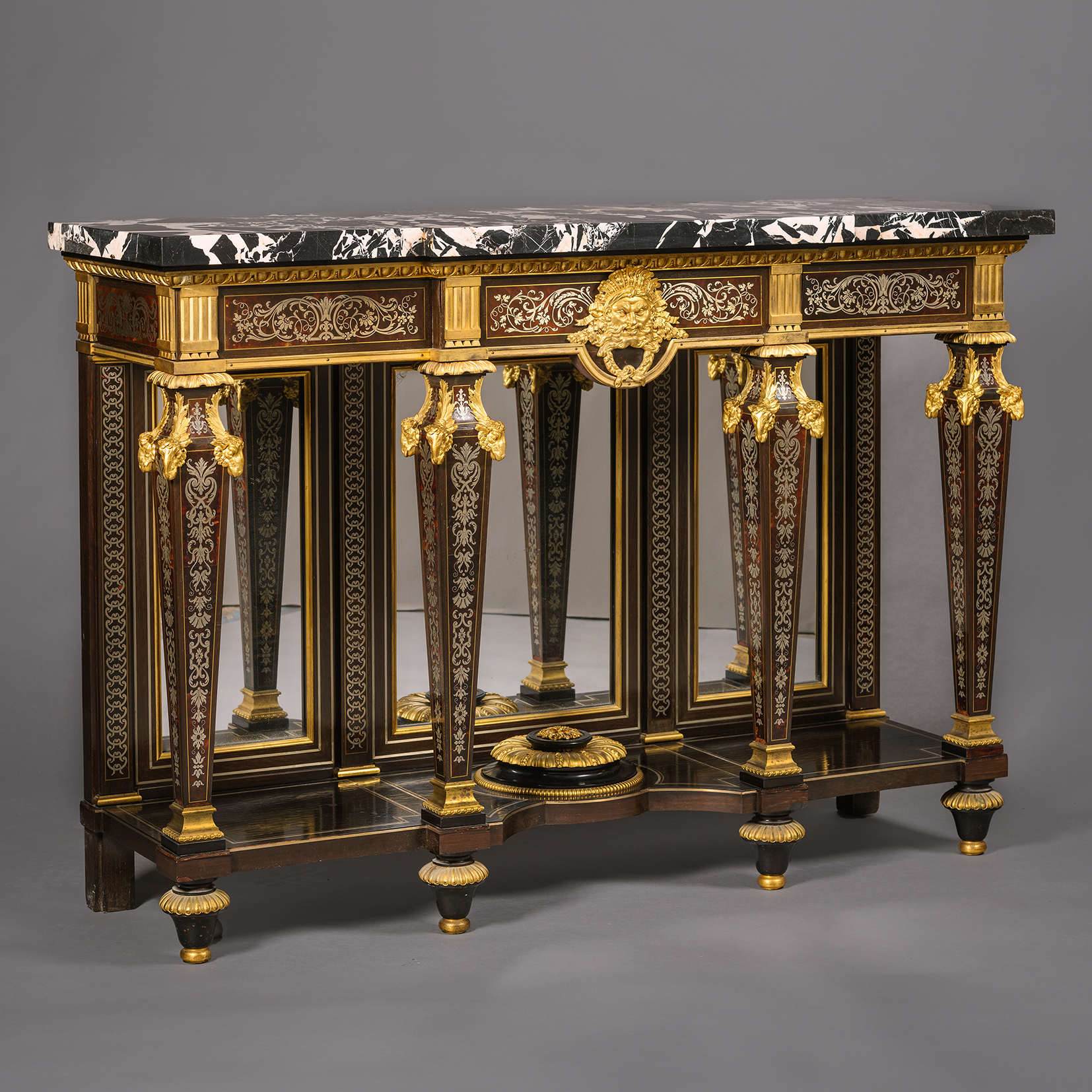
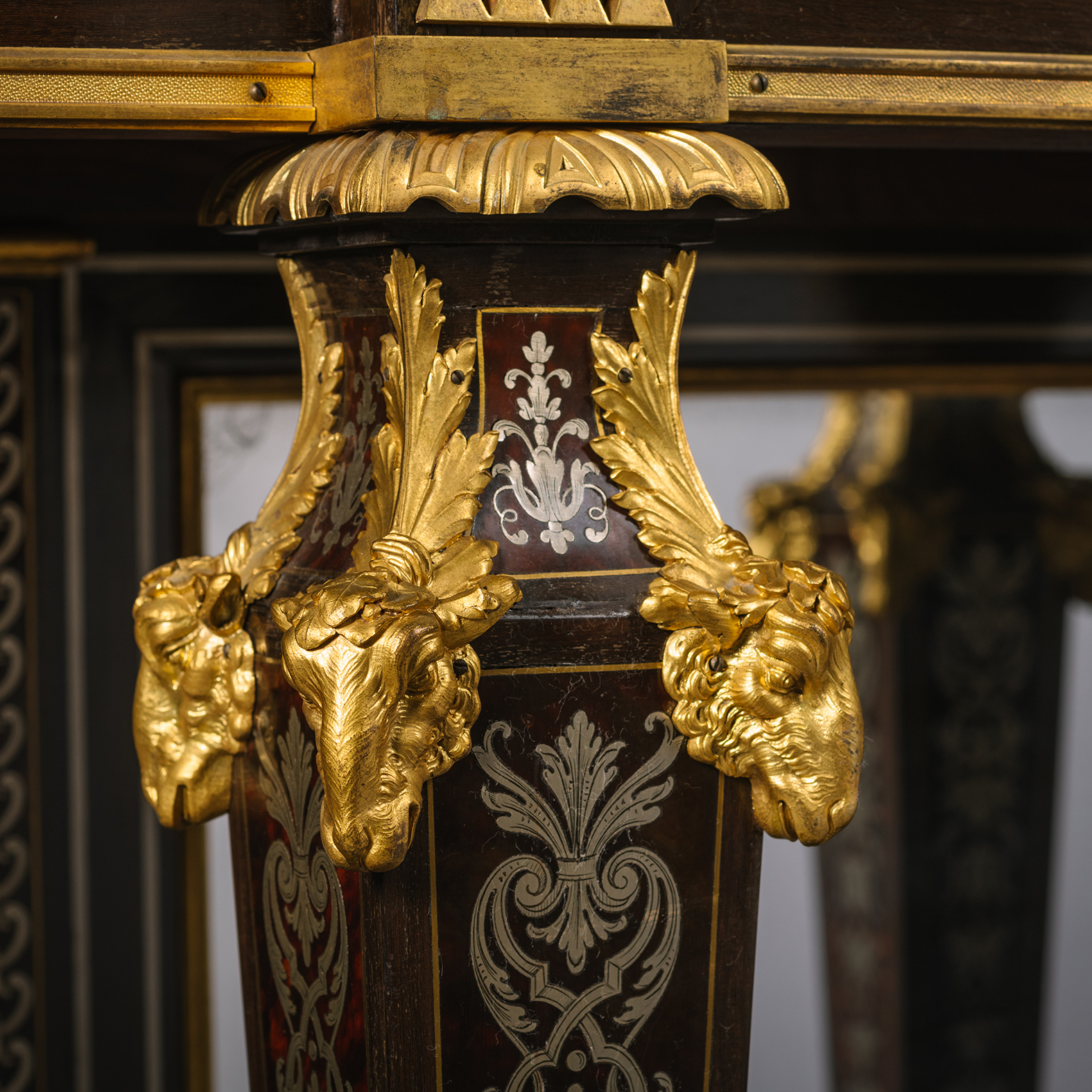
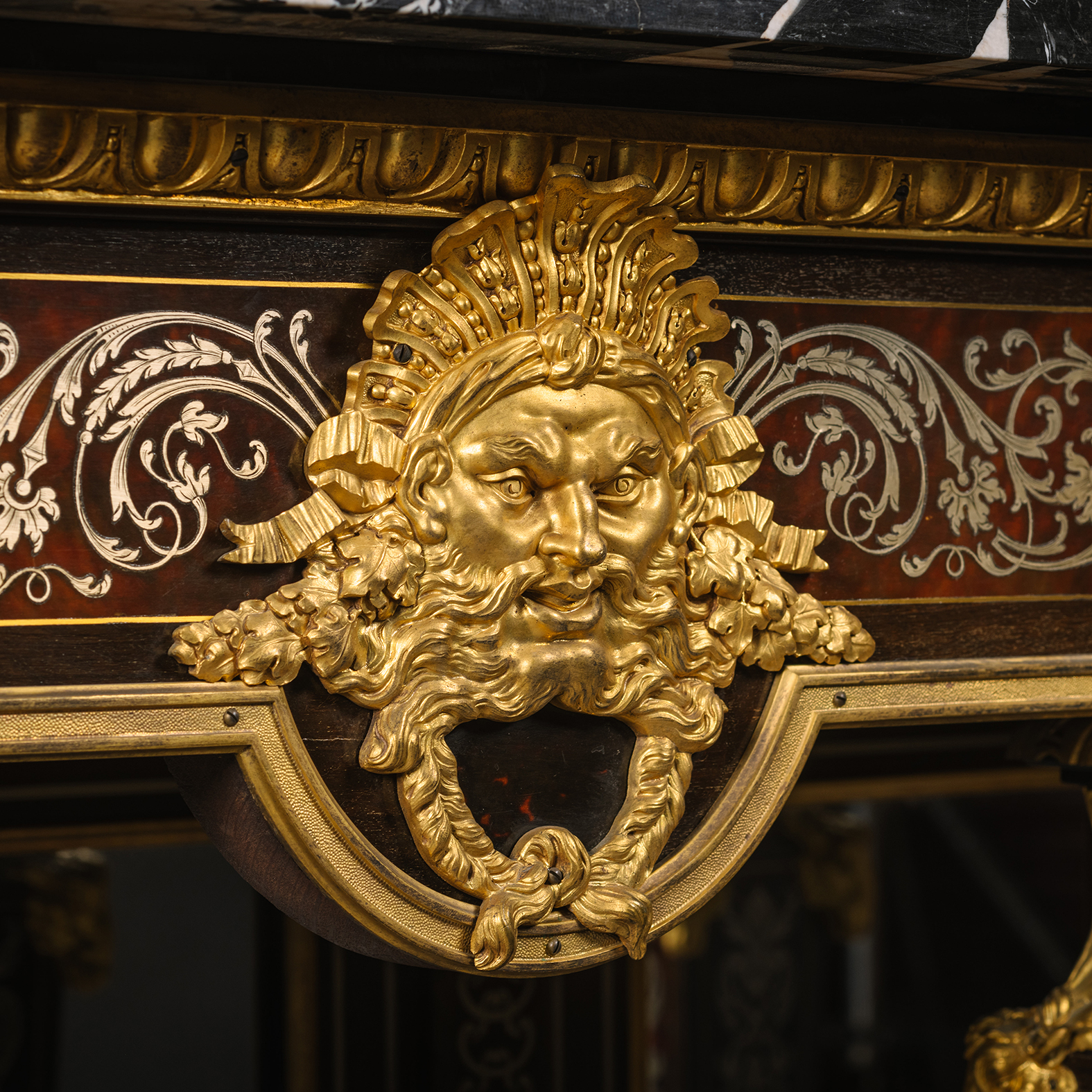
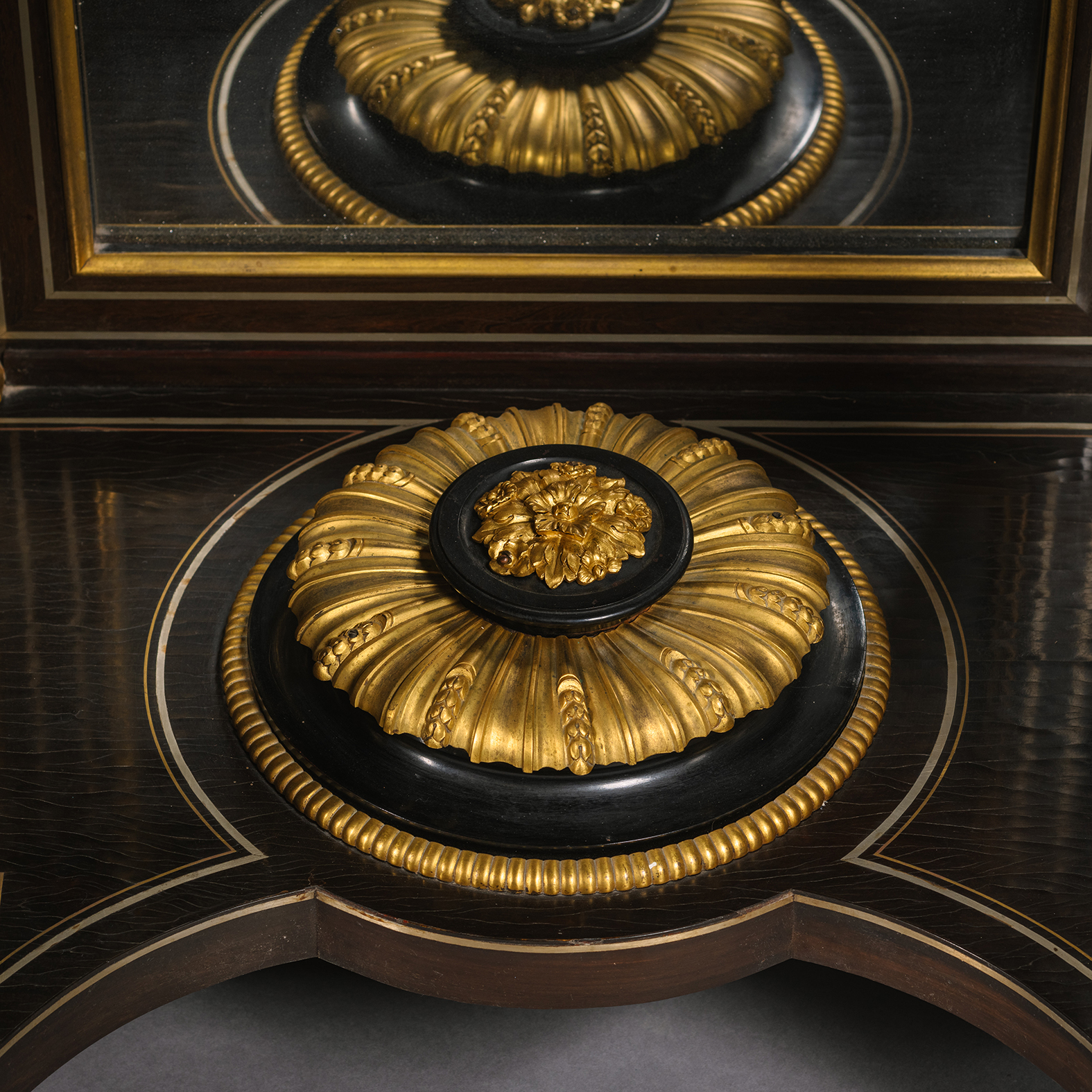
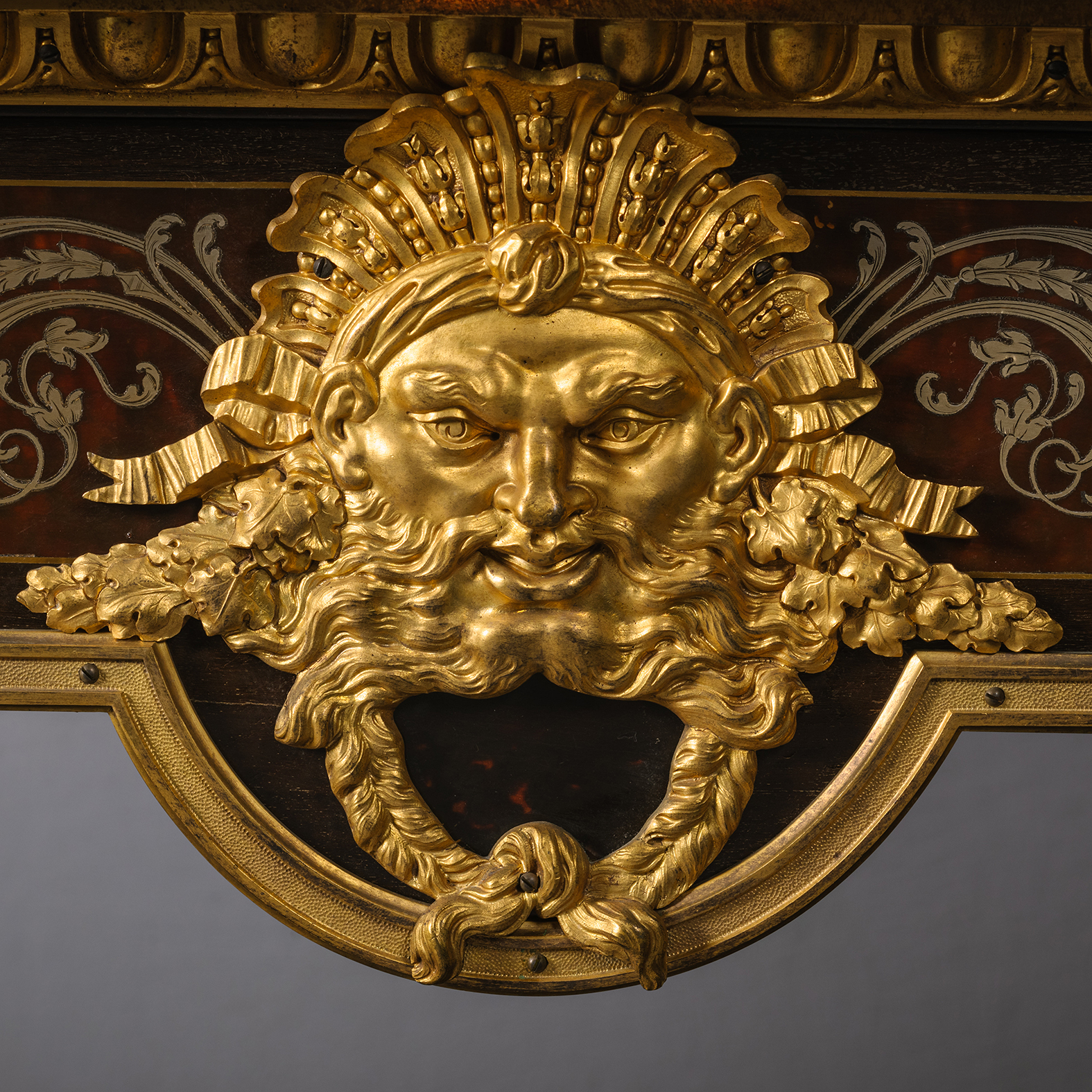

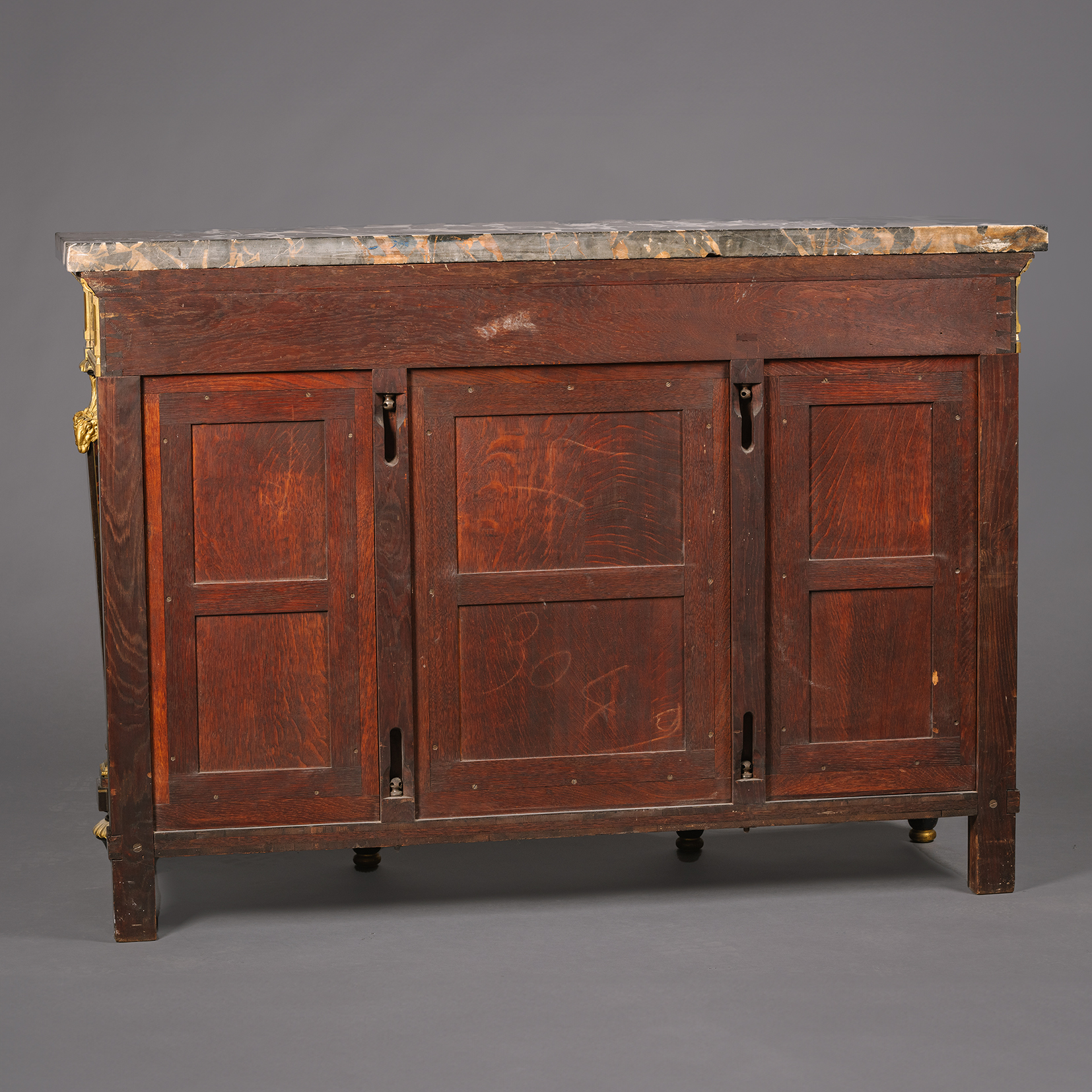
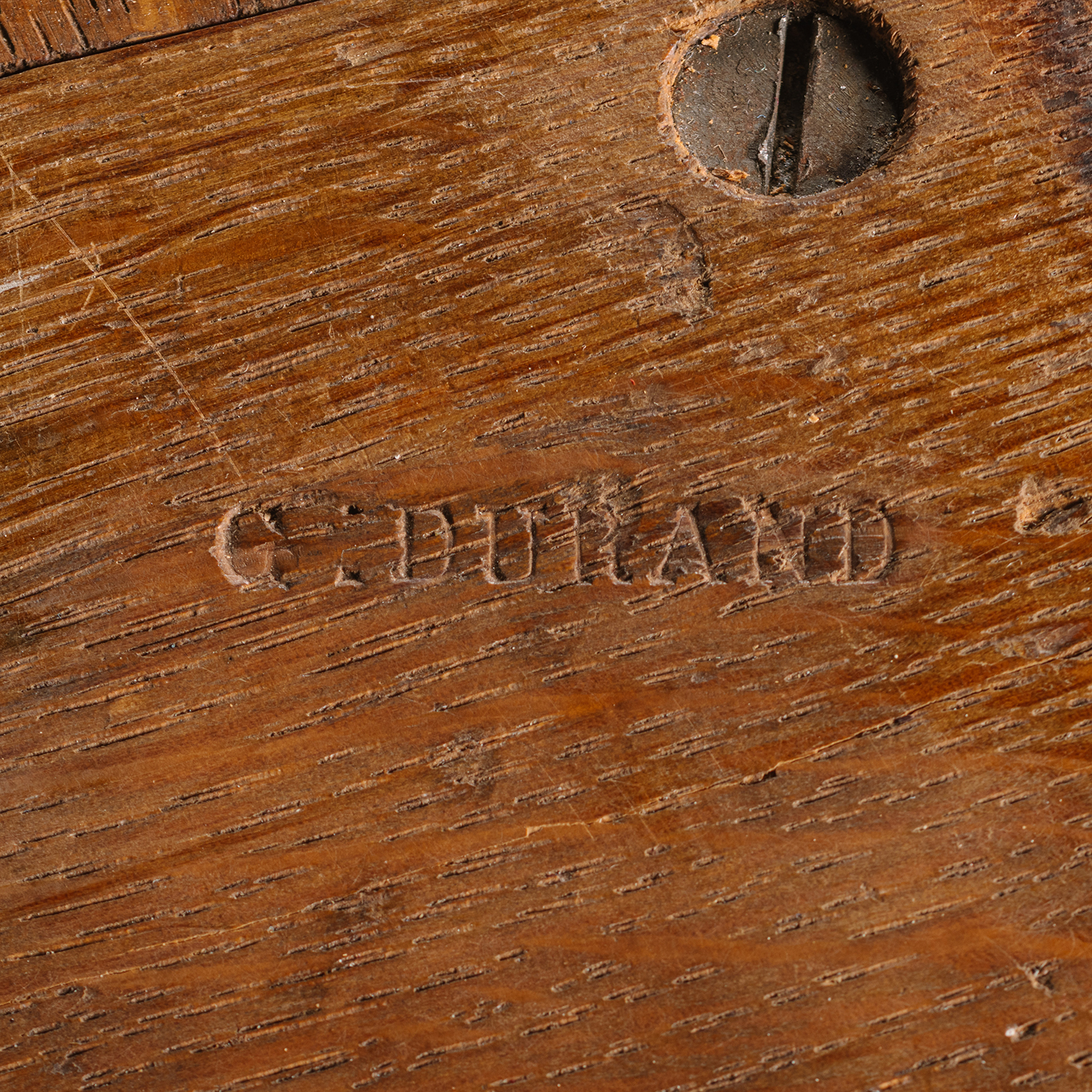

 印刷品
印刷品